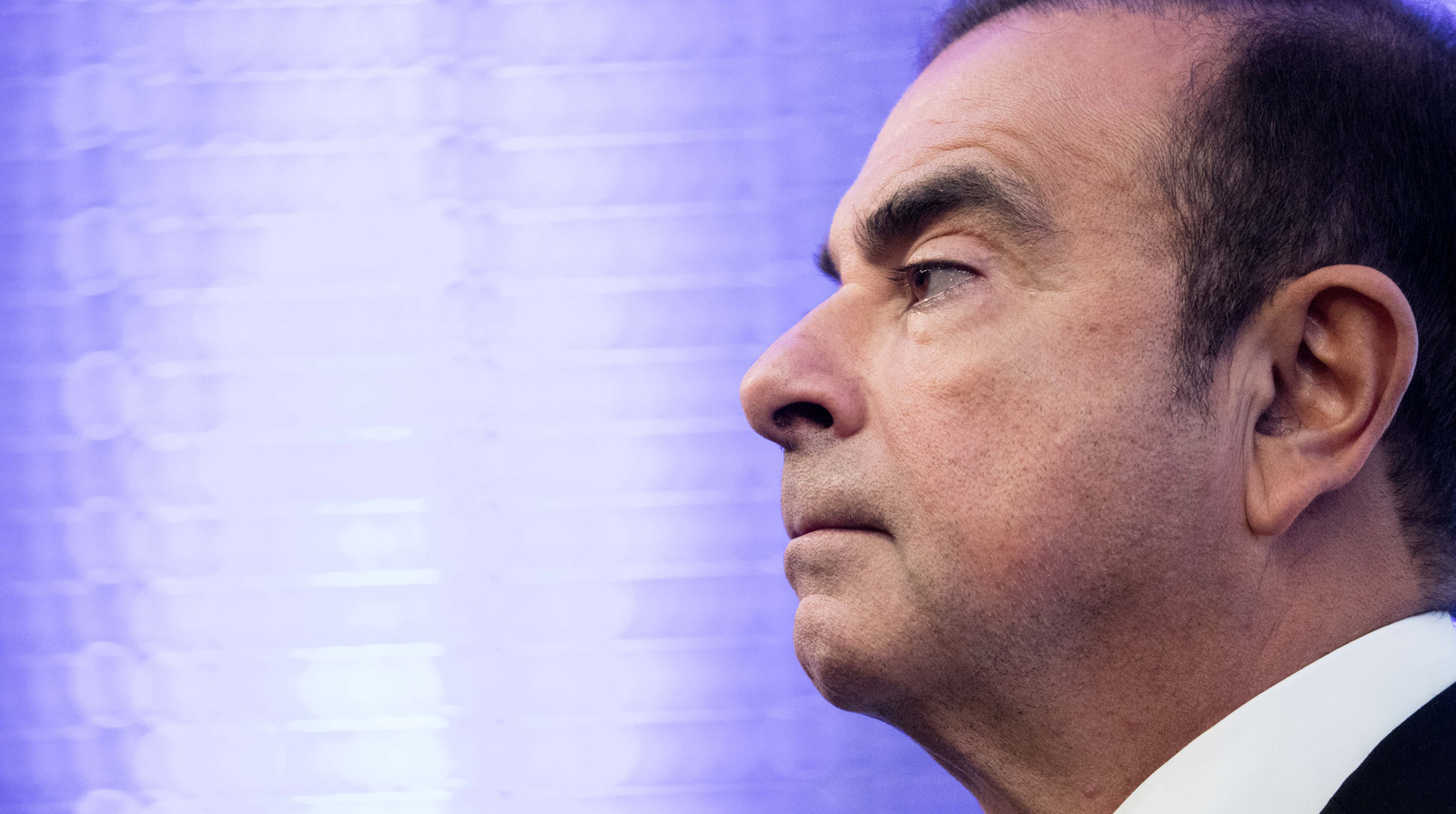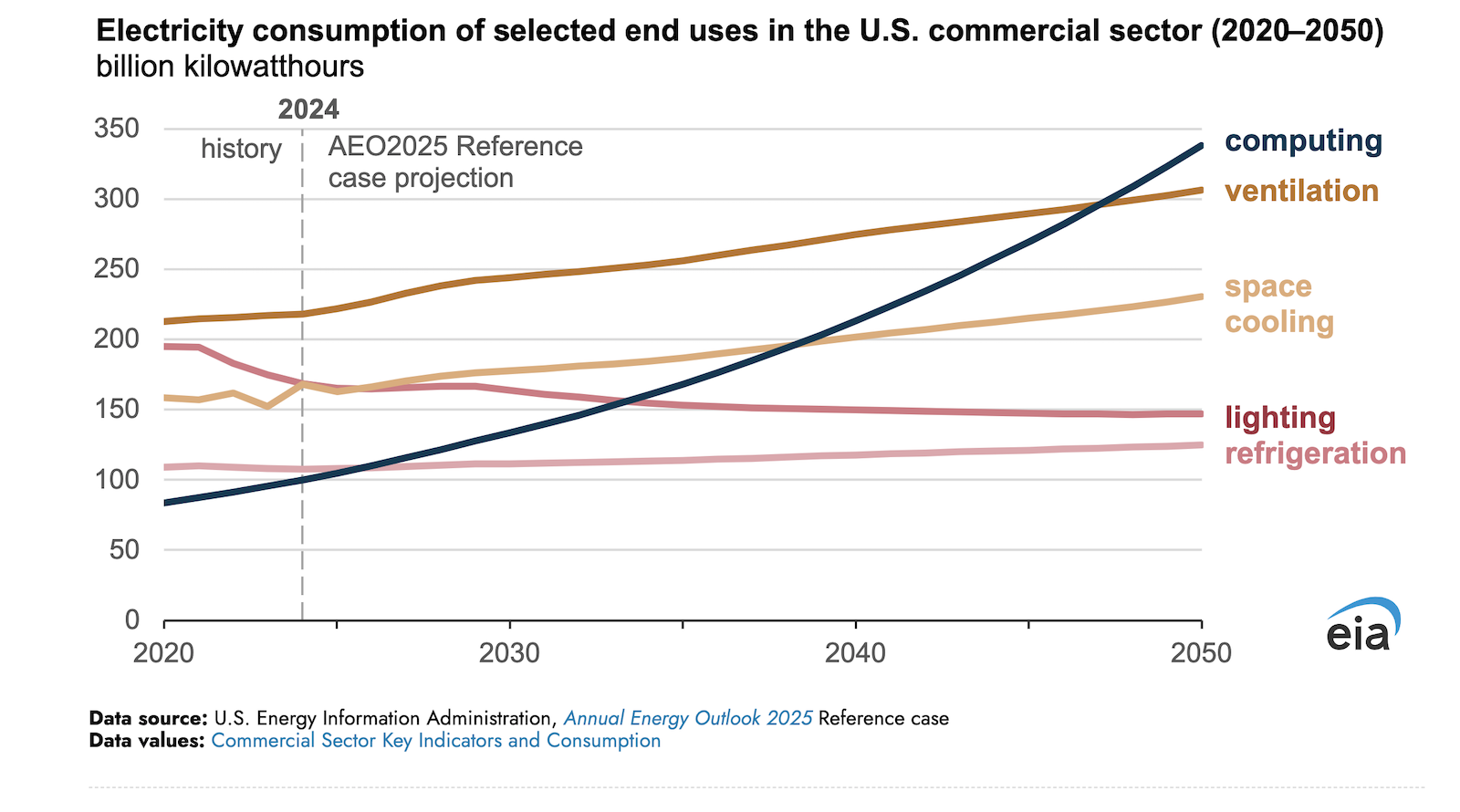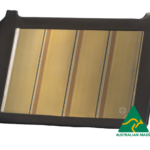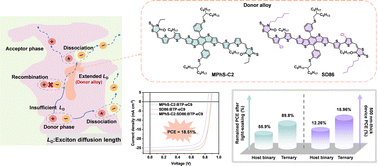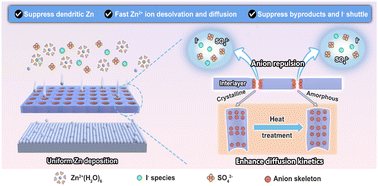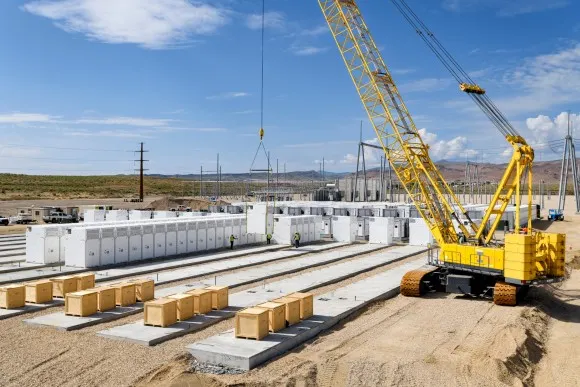Proactive Lithium Dendrite Regulation Enabled by Manipulating Separator Microstructure Using High‐Fidelity Phase‐Field Simulation
Advanced Energy Materials, Volume 15, Issue 24, June 24, 2025.

An extended phase-field model for multi-phase electrochemical systems is proposed to quantify the relations between lithium battery separator microstructural parameters (inner-pore roughness, tortuosity, et al.) and dendrite metrics. Dendrite pattern diagrams of maximum dendrite height and space utilization rate with respect to the uniformity of separator matrix/coating nanoparticles are established, giving rational guidance for designing separators with lithium dendrite regulation.
Abstract
Separator microstructure manipulation is a promising and universal solution to undesirable dendrite growth in Li batteries, which can be operative at the very beginning of electrodeposition. However, the relationships between dendrite morphology, Li+ distribution and separator microstructures remain unclear. The traditionally believed two-phase system of electrode and electrolyte is also extended to three- or four-phase system with separator matrix and the generally accompanied coating nanoparticles, adding extra difficulties to the rational design of separators. Here, this study proposes a quantified separator microstructure manipulation strategy by reconstructing a high-fidelity phase-field model for multi-phase systems, in which the effective Li+ diffusion coefficient and electric conductivity are coupled with dynamic multi-phase evolution. Separators within the scope of experimental modification (i.e., 40–50% porosity, inner-pore roughness of 1.5–2.7, and multi-layer structure) are predicted effective for dendrite regulation, indicating the feasibility of the proposed strategy. It is further revealed that the uniformity of coating nanoparticles plays a more significant role in dendrite regulation than the commonly suggested uniformity of separator matrix. By filling the gap between separator microstructure, Li+ distribution and Li dendrite morphology, this research paves the way for proactive lithium dendrite regulation regardless of specific battery system.








